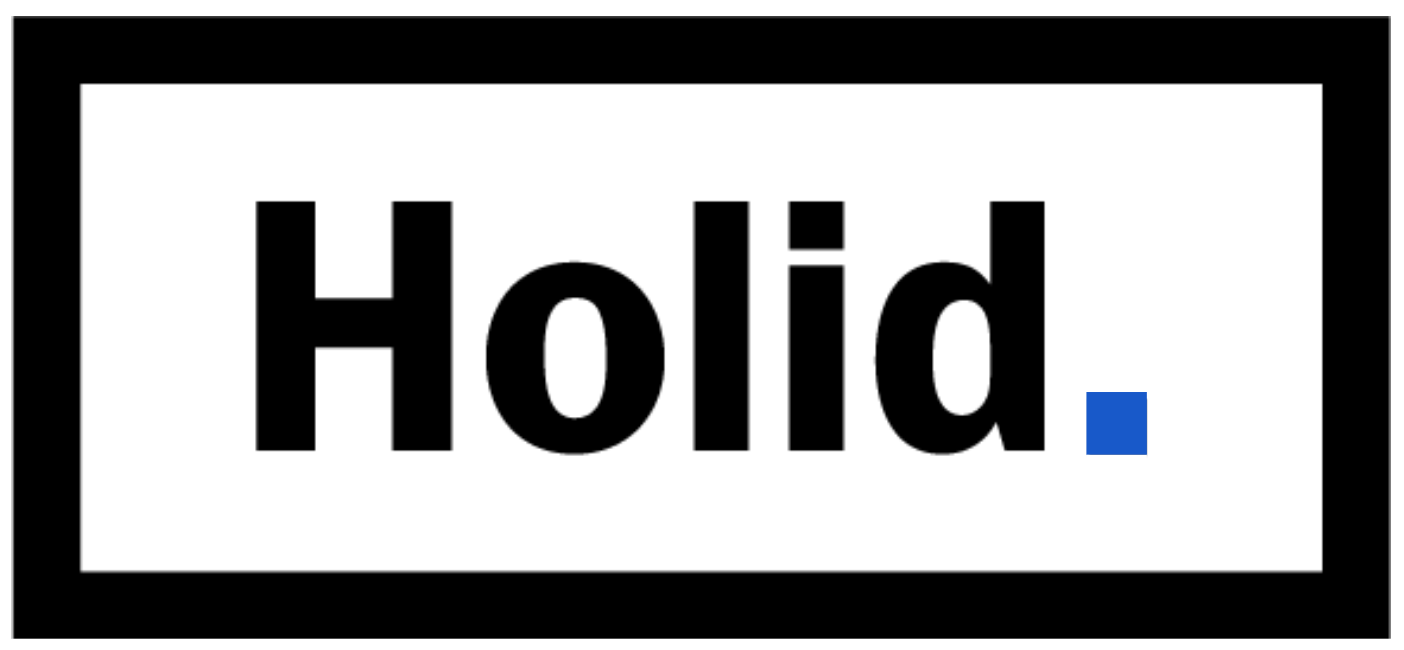Why and How does ad revenue vary depending on season?
Ad revenue from programmatic advertising can vary depending on season due to changes in consumer behavior and the demand for advertising space during different times of the year. For example, leading up to the holiday season, there may be an increase in demand for advertising space as retailers ramp up their holiday marketing campaigns, but actually decreases during the holidays.
Quarter-to-quarter, ad revenue can also fluctuate greatly depending on various factors such as major events, global economic trends, and shifts in consumer spending patterns.
Q1: January, February, March
Ad revenue in Q1 is usually lower due to budget constraints and a slowdown in consumer spending after the holiday season. Advertisers may also be more cautious about spending after the holidays, leading to lower demand for advertising space.
Q2: April, May, June
Ad revenue in Q2 may pick up as advertisers gear up for the summer season and consumer spending increases. This can lead to an increase in demand for advertising space, resulting in higher ad prices and revenue for publishers.
Q3: July, August, September
Ad revenue in Q3 is impacted by major events such as summer holidays, sporting events, and back-to-school shopping. Revenue usually increases during the period leading up to summer, but actually decreases during the vacation season and holidays.
Q4: October, November December
Ad revenue in Q4 often increases significantly as retailers ramp up their holiday marketing campaigns and consumer spending peaks. This increase in demand for advertising space can result in higher ad prices and revenue for publishers.
How to maximize your ad revenue
To maximize ad revenue with header bidding during each quarter, publishers should keep track of consumer behavior and demand patterns and adjust their bidding strategies accordingly. This may include adjusting the types of ads being served, the targeting of ads, and the price floor for header bidding auctions.
Adjust ad targeting
By using data and insights about consumer behavior, publishers can target their ads to the most relevant and profitable audience, and their niche, during each quarter to increase engagement and ad revenue.
Varying ad types
Publishers can experiment with different ad formats, such as display ads, video ads, and native ads, to find which ones perform best with their audience during each quarter. This can help increase ad revenue and provide a better user experience.
Setting dynamic price floors
Publishers can adjust the minimum bid prices for header bidding auctions based on supply and demand in real-time, increasing revenue by ensuring that ads are sold at the highest possible price.
Add more SSPs
Publishers can consider adding more SSPs on the serverside to access a wider pool of advertisers without slowing down page speed.
Monitoring and optimizing performance
Publishers should regularly review the performance of their header bidding setup and optimize it based on data and insights. This can include adjusting the types of ads being served, the targeting of ads, and the price floor for header bidding auctions.
Maximize your ad revenue during all quarters with Holid
We offer a complete solution for header bidding that helps publishers maximize their ad revenue. Holid's focus on yield optimization through dynamic pricing and smart data analysis provides insight into audience behavior and allows for informed decisions that drive higher ad revenue during all quarters.
Additionally, Holid's support for automation and technical scouting ensures that publishers stay ahead of the curve in utilizing the latest technologies for maximum revenue. Sign up and start monetizing your inventory now.
